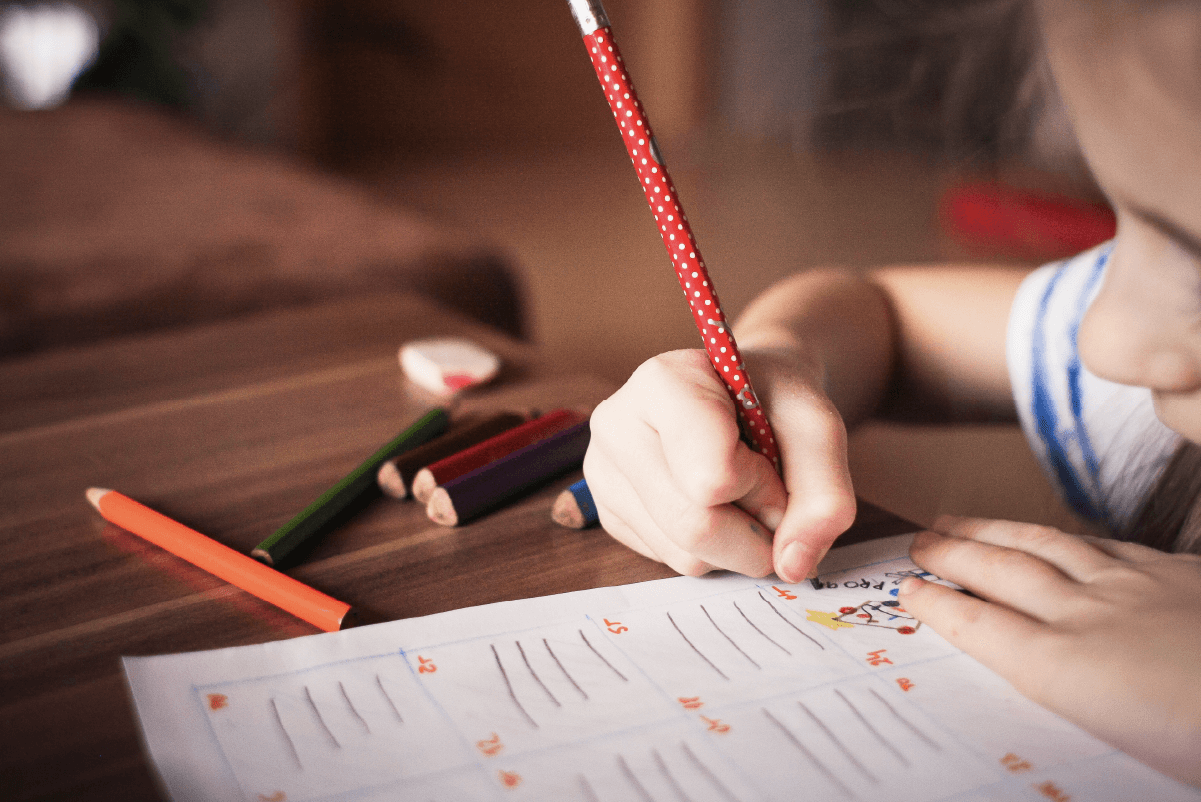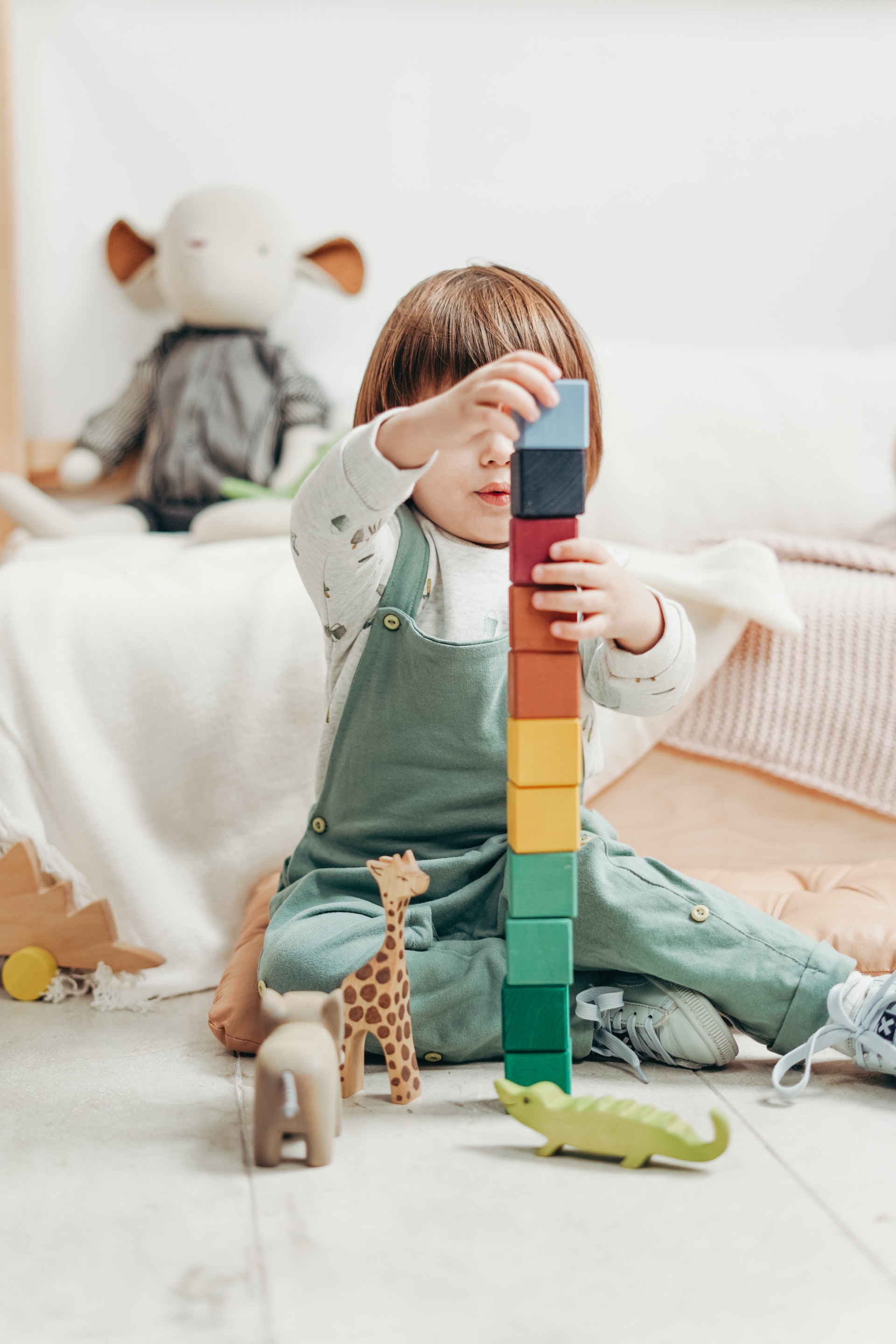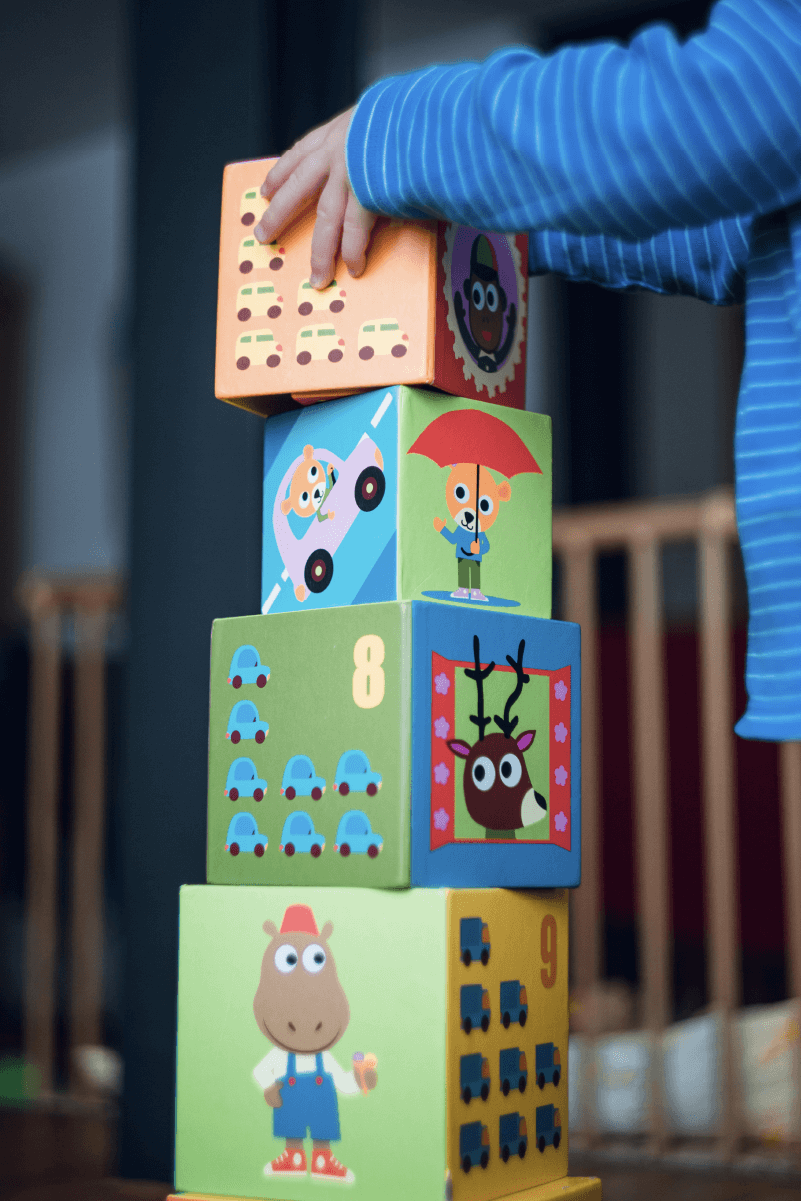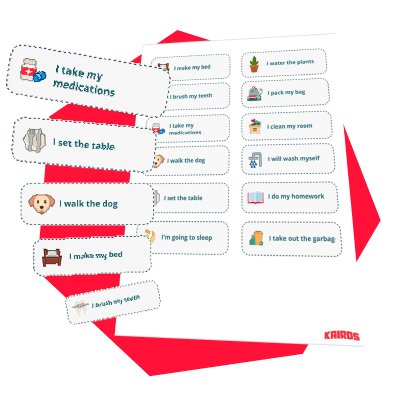"You cannot judge the ability of a fish by how it climbs a tree." We all have heard this quote at least once in our life but not everyone gets the gist of it. It means that everyone has a different way of grasping things. As a parent/guardian, you have to pay close attention to how your kid absorbs knowledge in order to know their learning preferences. In this article, we explore 8 different learning styles for kids so that you can decipher which style best reflects your child’s learning tendencies.

What are the 8 different learning styles?
The 8 different learning styles are:
- Visual learning
- Auditory learning
- Verbal learning
- Kinesthetic learning
- Logical learning
- Social learning
- Solitary learning
- Naturalistic learning
Everyone has a different way of learning and as a parent, it is important for you to recognize your child's learning type so you can adapt your parenting style. Here is a list of 8 different learning styles so that you can identify which one fits your child's learning ability:
1. Visual learners
A visual learner is someone who likes to learn through observing things. Rather than assimilating spoken or written information, visual learners prefer tables, images, diagrams, or graphs to retain information that can guide them through the learning process. Their eyes capture the information they see and store it in their brain.
If your child responds better to photographs and pictures when you are teaching him things such as colors and animal names, then he is definitely a visual learner. You should therefore integrate visual aids for your child at an early age to stimulate his senses.
2. Auditory learners
Auditory learners grasp concepts faster when they listen to information. This is why they can focus more on lectures, videos, and podcasts. If you think that your child is an auditory learner, you should stimulate his gray matter with rhymes, audiobooks, and music.
3. Verbal learners
Verbal learners are people who learn stuff through the art of linguistics. They like to hold conversations and involve themselves in rhymes and wordplay to retain information. Verbal learners also have an immense curiosity to learn new words, and a strong desire to learn how to read and write. Basically, they adapt well and absorb more information when spoken to directly.
If you think your kid is a verbal learner, then you should encourage stimulating group discussions with him. Assigning topics to him that he then has to research on his own is also a great idea.
Maximize the success of morning routines with children
4. Kinesthetic learners

Kinesthetic learners are people who like to retain information through hands-on activities. Everyone can have characteristics of the physical learner, and this goes for every learning style type.
These learners need whole-body movement to process new and challenging information. An example of this would be to walk while reciting any piece of information to learn it. If you think that your child is a physical learner, you should involve him in different hands-on activities or tactile immersive experiences.
Download Kairo’s free routine guide
5. Logical learners
Logical learners are people that like to learn information through strategy-based games and visuals. Logical learners have a knack for using steps, order, and logic. These learners easily make connections, find patterns, and work well with numbers. They have a very systematic approach to learning and tend to keep organized early on.
Logical learners can often struggle with creative writing and may have difficulty in seeing the bigger picture. Therefore, they need to be introduced to different perspectives to break their tendency to create fixation and limitations for themselves. A great way to encourage learning among logical learners is to create goals for them to chase.
6. Social learners
Social learners are people who like to adopt and absorb information by observing, modeling, and imitating others. It is when they are immersed in social interaction that they shine. These learners want to be around people, work in groups and are often perceived as social butterflies. Social learners not only share their knowledge with others but also love listening to those around them.
Examples of routines for children to try today at home
7. Solitary learners
Solitary learners are people who like to study and absorb information alone. This learning style is found in those who achieve a sense of personal satisfaction when stimulated by new information. As students, these learners greatly benefit from parental guidance to keep them focused.
8. Naturalistic learners
Naturalistic learners have a fascination for information related to nature. This is best represented in kids who always orient conversations toward their interests of the moment, such as plants, animals, humans, rocks, nature, being outdoors, camping, hiking, rock climbing, biology, astrology, and dinosaurs.
Increase your child's autonomy with Kairos
Helping kids succeed through different learning styles
The learning preference of your child is one thing that should be considered when presenting him with new information. Nevertheless, it is also highly recommended to introduce your child to different learning styles to diversify his acquisition capabilities.

|
Visual learner |
You can help visual learners by providing them with visual aids. For example, if you are teaching your child about the yellow color, make sure that you have a toy or a sheet of yellow color so that he can visualize it. |
|
Auditory learner |
As an auditory learner, a child can learn a lot from rhyming words or by integrating music into his learning routine. Reading stories to your child can work wonders. |
|
Kinesthetic learner |
These learners may need something to fidget with when being introduced to new concepts. Consider taking recapitulative walks with them, so they can get active while sharing what they’ve learned. |
|
Solitary learner |
As a solitary learner, your child will learn better in an undisturbed learning room. Trips to the library where he can be independent and find books of his interest show him that he can be independent in a public setting as well. |
|
Social learner |
If you think your child is a social learner, having him socialize with his peers is the best thing you can do as a parent. Teaching your child social boundaries early on will help him calibrate his approach toward others. |
|
Logical learner |
Logical learners often have a need for order and they greatly appreciate having an agenda to plan their day. |
|
Verbal learner |
Verbal learners learn best through the words they hear as opposed to just hearing sounds in general like auditory learners. Introducing a couple of new words every day is a great way to stimulate them. |
|
Naturalistic learner |
Naturalistic learners learn best when they are connected with nature. Giving them a nature journal where they can record and collect samples of leaves is a great initiative. |
How to identify your child’s learning style

Identifying your child's learning style is something that can be accomplished through observation. When your child is growing up, try each study style and check how he responds to each of them. Children often favor a few different learning styles as opposed to strictly one, so all learning styles should be cultivated.
Resources for discovering your child’s learning style
There are many resources available online, like Kairos, which can guide and make your child's learning path an enriching one. For a child’s healthy development, there is nothing better than creating a personalized routine that teaches him to be responsible while also embracing the person that he is becoming.
